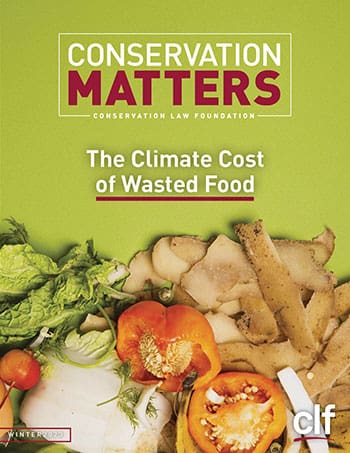How a Supreme Court Ruling Could Upend Environmental Laws and Much More
This month, the Supreme Court heard a ruling on two cases that have have the potential to reshape the balance of power between federal courts and agencies.
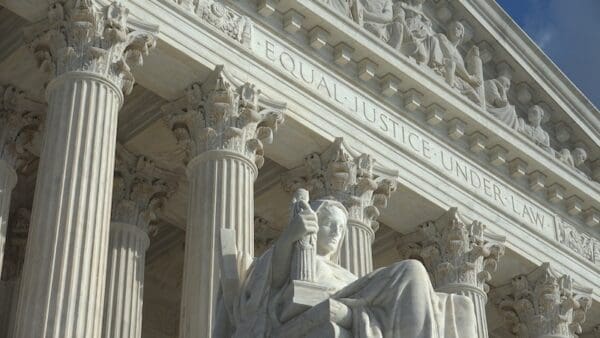
This month, the Supreme Court heard a ruling on two cases that have have the potential to reshape the balance of power between federal courts and agencies.

Rhode Island has a litter problem. Learn how passing a bottle bill can make a difference for our communities and the environment.
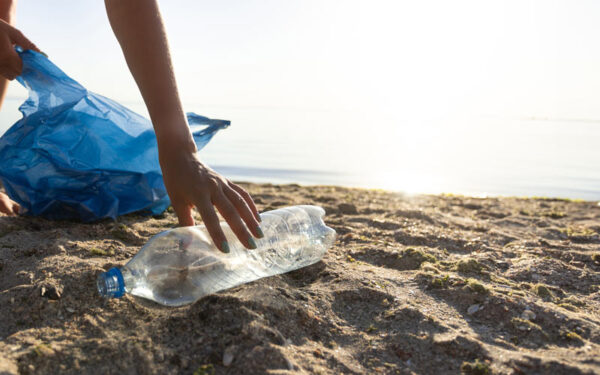
Erin Ritter is a program coordinator supporting the CLF Rhode Island office and the Environmental Justice and the Clean Energy and Climate Change programs. She has previously interned at TikTok, where she worked in trust and safety operations and has also done climate justice research at Iowa State University. Erin received her BA in Religious… Continue reading Erin Ritter

Richard began his legal career in New York City at Kelley Drye & Warren where he focused on the development and permitting of combined cycle cogeneration power plants designated by FERC as a “Qualifying Facility.” He moved back to his home state of Rhode Island and joined the law firm Adler, Pollock & Sheehan. There… Continue reading Richard Stang

Weather whiplash, unpredictable weather patterns and extreme weather are becoming increasingly frequent. These are changes we can see and feel and it’s time to prepare.

How does your state stack up in this report card? Could your elected officials be doing more to cut litter and keep bottles out of landfills?
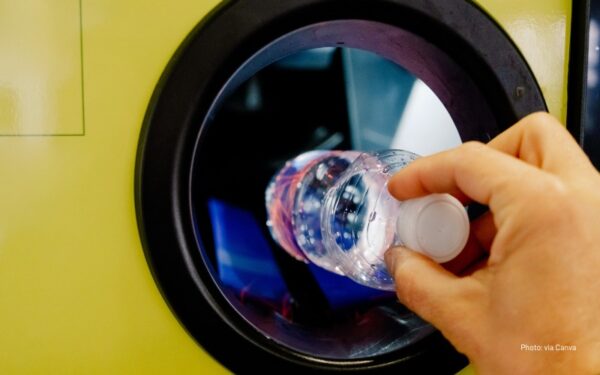
CLF is fighting to protect the invaluable habitat, biodiversity, and unique marine life of the Canyons and Seamounts National Monument.

Don’t believe the disinformation. We can develop offshore wind and meet our renewable energy goals while protecting the marine environment.
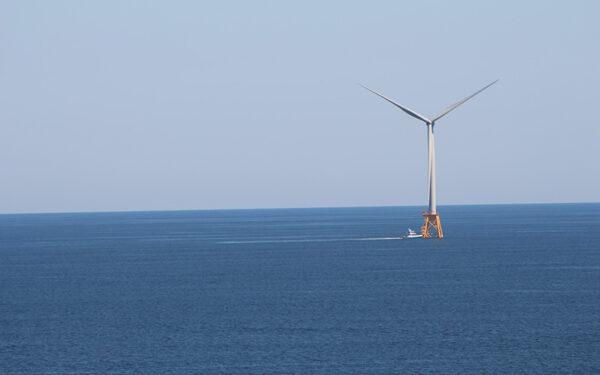
Regardless of how we dispose of it, plastic will not biodegrade. Here’s what that means for our communities and environment.
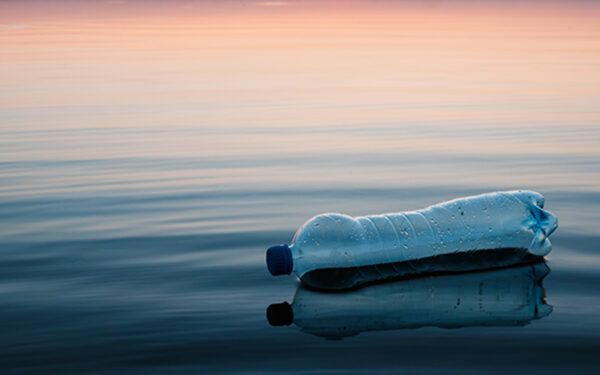
In the U.S. alone, we send millions of tons of food waste to landfills each year, where that waste produces methane emissions rivaling those from industrial sources.
